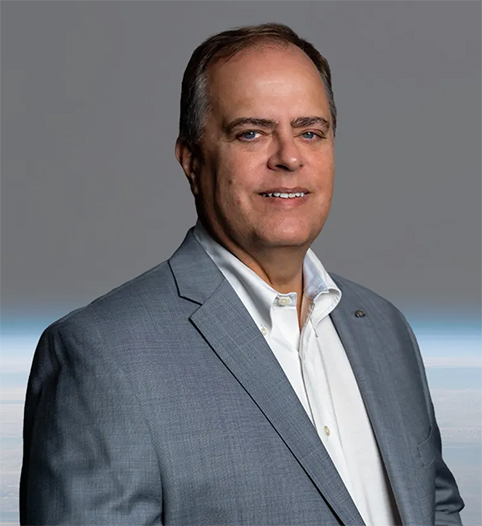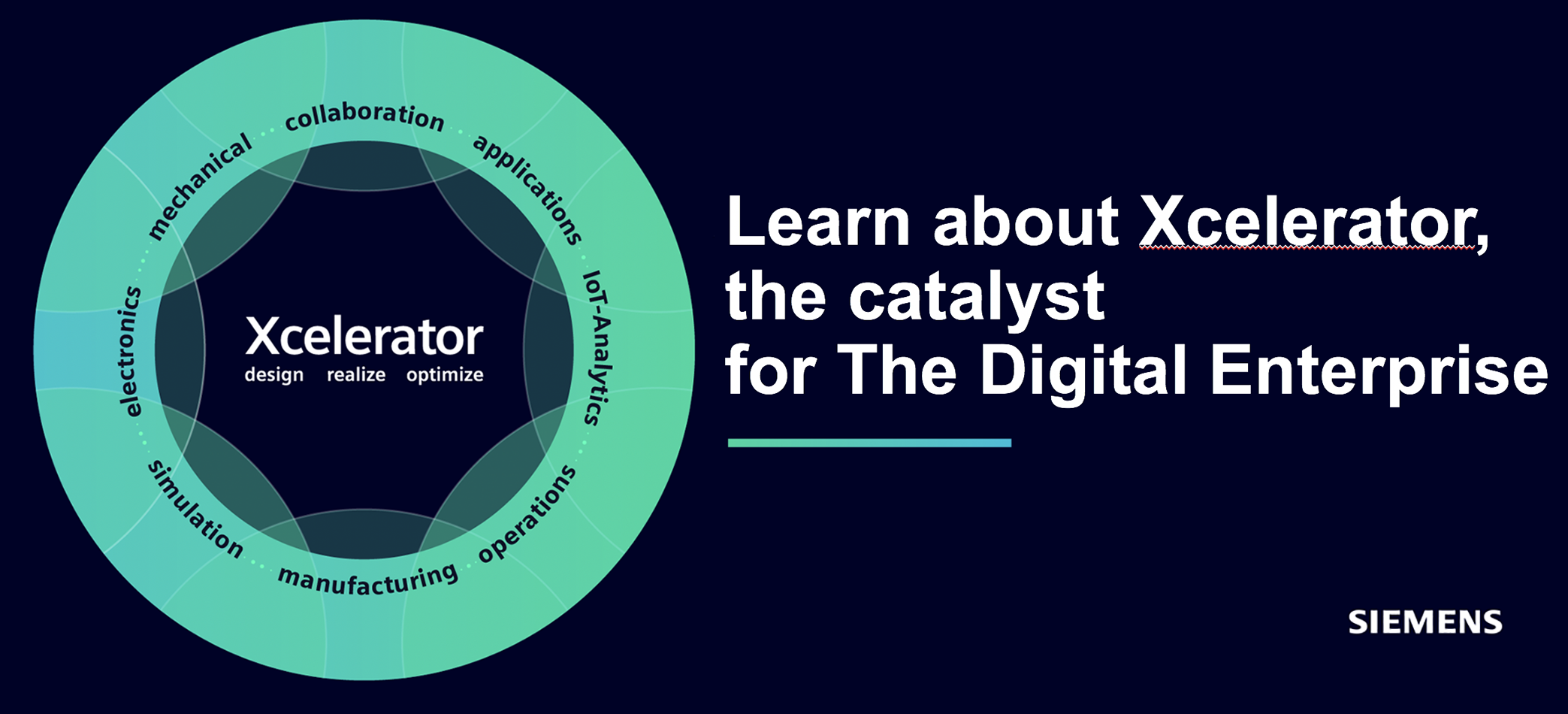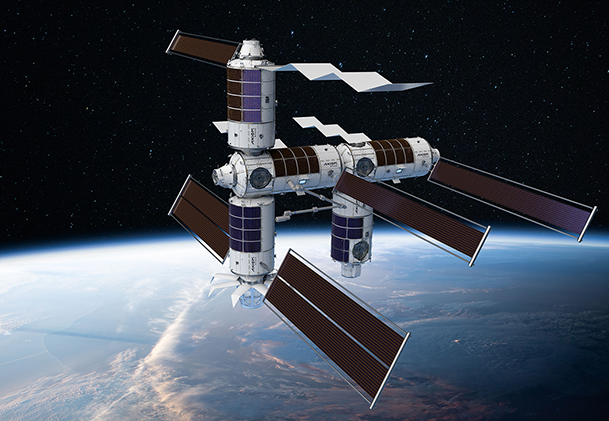Using the Siemens Xcelerator portfolio will enable Axiom Space to improve its efficiency, reduce costs, and streamline manufacturing, testing, tracking, and field processes, furthering the development of both the Axiom Station and the Axiom Extravehicular Mobility Unit (AxEMU).


Seamlessly moving from idea to reality
In many ways, this is about being able to move seamlessly from idea to reality – eliminating the need for traditional paper-based design, digitally tracking every component, and integregate an end-to-end product lifecycle management system, claims Tuthill.
“We look forward to partnering with Axiom Space for several compelling reasons, not least because it is another outstanding example of how leaders and pioneers in the platform X industry are turning to build a sustainable X space industry,” he added.
In addition to the technical advantages that Siemens can offer, both parties point to the value of a collaborative culture that is well aligned with Axiom Space’s broader strategic initiative to seek partnerships with non-traditional space companies, corporations and nations to expand access to low Earth orbit. Choosing Siemens as its digital software provider is another example of how Axiom Space is further cementing its role as an innovative global partner in the commercial space sector.






